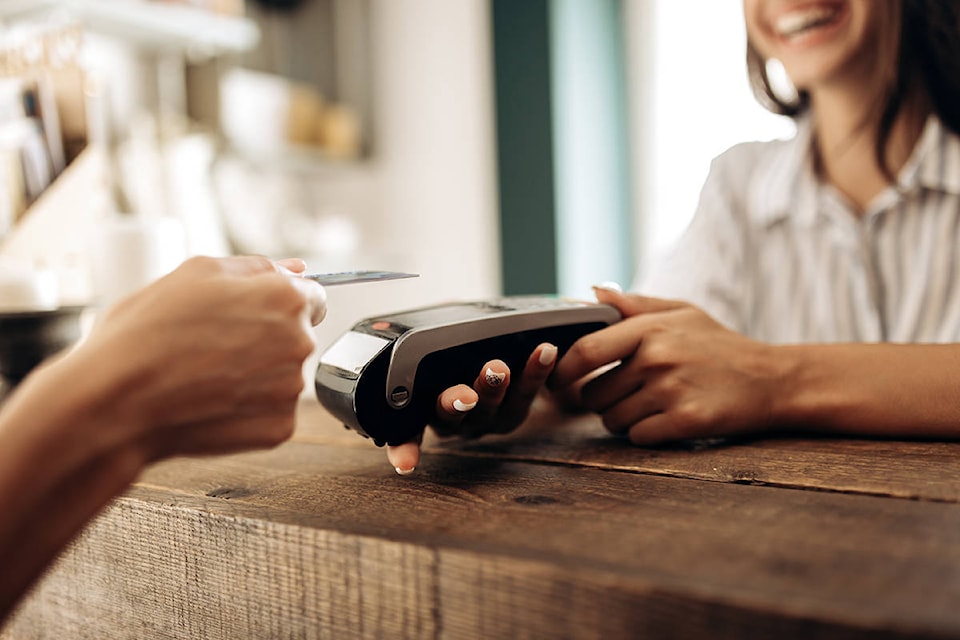Joe Smith
Special to The Record
In light of what we have all been experiencing over the past several months with the COVID-19 pandemic, the world of marketing as we knew it will not be the same for many months, or perhaps even years to come.
This should not lead anyone operating a business to despair. Hopefully, most Valley businesses will have been able to weather the proverbial storm and will be able to carry on.
It will not be business as usual though. While there has not been anything as dramatic as this pandemic for nearly 100 years, we have been able to learn a few things from other historical crises that will help us overcome this unprecedented setback.
The first thing that must be understood is that consumer behavior will have changed dramatically. Instead of relying on market segmentation by demographics or lifestyle, marketers will have to rely more on behavioural or psychological segmentation that takes in the consumers’ emotional reaction to purchasing goods and services.
In an article by John Quelch and Katherine E. Jocz in the Harvard Business Review, they highlighted four different segments that emerge after a recessionary period.
1) The slam-on-the-brakes segment who are the hardest hit and feel the most vulnerable. These people reduce all types of spending by postponing, eliminating or decreasing purchases. While you might think this impacts the lower-income group, it can also impact those anxious high-income consumers as well.
2) The next segment is the pained-but-patient folks. These are the optimistic and resilient group who are confident about recovery but less so about their ability to maintain their standard of living. While they do tend to economize, they form the largest segment, which includes the majority of households who came through unscathed by unemployment and represent a wide range of income levels.
3) Comfortably well-off consumers who feel confident and secure in their ability to ride out current and future crises make up the next segment. These people will continue to consume at pre-crisis levels although they will become a little more selective about their purchases. Usually, these people fall within the top income segment but also include those who feel confident about their finances such as the comfortably retired.
4) Then there is the live-for-today group. Typically urban and young they spend on experiences rather than material possessions, except for electronics. They may extend their timetable for major purchases but for the most part are unlikely to change their buying patterns.
The key to being successful is to understand where your typical customers fall within these categories. Begin by analyzing who your most loyal customers are and reach out to them using language that resonates with them. Messages that reinforce an emotional connection and demonstrate empathy are crucial. Offer temporary price promotions or improve affordability by extending credit or providing layaway plans.
Those businesses that focus on the customer’s well-being and understand the shift in behavior will be better prepared to succeed.
Joe Smith is a communications consultant and an accomplished fine artist. He can be reached via email at joesmith@shaw.ca
